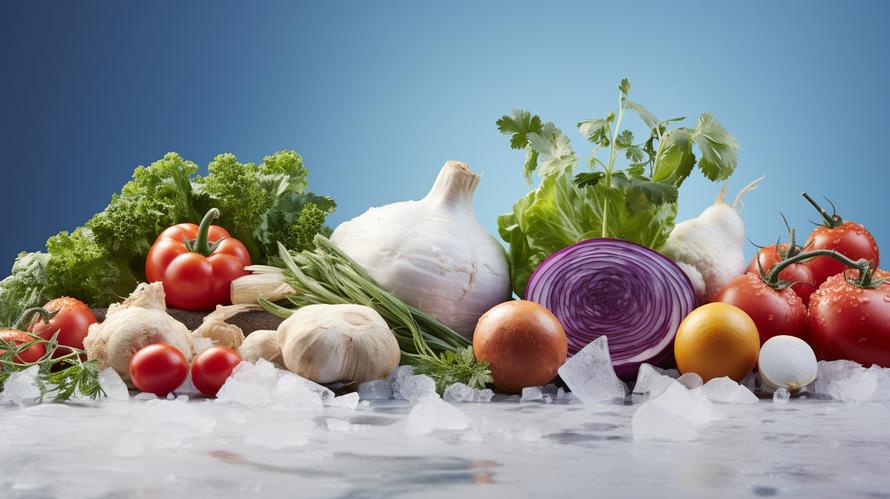Most people have heard that reducing salt intake can help prevent high blood pressure, heart disease, and other health issues. But getting too little salt can be just as harmful as getting too much. You need the right amount of salt and the proper kind to protect your overall health.
In a study published by the Journal of the American Medical Association (JAMA), researchers analyzed the relationship between sodium imbalances and cardiovascular events like heart attacks, strokes, and congestive heart failure among hospitalized patients. They found a correlation between these problems and having higher or lower sodium levels than the American average of 4,000 to 6,500 mg of sodium per day.
The study showed that people had cardiovascular problems when they consumed high and low amounts of salt. Those in the middle range faced a lower risk. Furthermore, the risk of heart issues did not occur until sodium levels reached or exceeded 6,500 mg a day. This suggests that we may need more sodium than previously believed. However, it’s essential to limit the type of salt found in processed foods like potato chips and canned soups.
There’s significant debate among health organizations about the recommended daily sodium intake. The World Health Organization (WHO) suggests no more than 2,000 mg a day, while the U.S. American Heart Association (AHA) advises 1,500 mg a day, and the U.S. Department of Health and Human Services (HHS) recommends 1,500 to 2,300 mg, depending upon age.
There are crucial differences between plant-based sodium and table salt that medical and pharmaceutical industries and health agencies don’t make clear to consumers. Sodium is essential for life processes, which is why it’s included in all types of food. Sodium, a key mineral element in maintaining fluid balance in and between cells in the body, also plays a crucial electrical role critical for nerve function.
Over time, humans have evolved, eating plant foods that were naturally balanced with proper sodium to potassium ratios for cellular functions. This fact often goes unrecognized, forgotten, or deliberately ignored when the food processing industry began adding large amounts of salt to food. In contrast, vegetables like fresh asparagus (an excellent aid to kidney health) and bananas contain significantly more potassium than sodium, providing the body with a balance of nutrients when eaten as part of a varied, organically grown diet.
Table salt can contain additives like iodine, fluoride, numerous chemical anti-caking agents, iron, folic acid, and even a form of sugar (usually dextrose, supposedly to stabilize iodide). Studies like the one in JAMA demonstrate the importance of balancing the four cationic electrolytes: sodium, potassium, magnesium, and calcium.
Conventional medical wisdom often tries to fit everyone into a one-size-fits-all model for sodium and potassium ratios, which can result in the over-prescription of blood pressure medications. These medications can do more harm than good, depleting the body of essential minerals and damaging the kidneys.
In many cases, incorporating sea salt into a balanced diet can help maintain proper electrolyte balance and blood pressure levels. It’s essential to avoid processed foods and chemicals and drink plenty of water to support overall health. Imbalances in sodium and potassium can cause heart arrhythmias, dementias linked to strong diuretics that drain the body of fluids and essential nutrients.
To better understand sodium in your diet, it’s helpful to know the salt content of various foods. For example, one cup of drained snap green beans contains 354 mg of sodium (mostly NaCl, table salt), while one cup of cooked fresh green beans without added salt contains just 1 mg of naturally-occurring sodium. The difference in sodium content between processed and unprocessed foods highlights the importance of choosing whole, unprocessed foods when possible.



